GE’s CO2-powered 10 MW turbine fits on a table
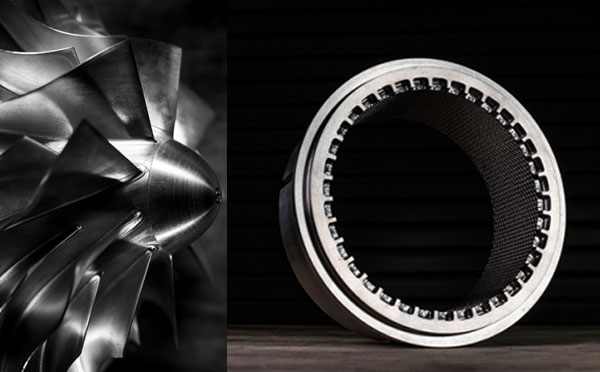 |
The turbine, made from a nickel-based superalloy that can handle temperatures up to 715 degrees Celsius and pressures approaching 3,600 pounds per square inch, replaces steam with ultrahot and superpressurised carbon dioxide, allowing for a smaller design.
Ever since Thomas Edison used a steam generator in his Pearl Street Station to supply parts of lower Manhattan with electricity in 1892, people have been trying to improve the design. While Edison eked out 1.6 per cent efficiency from his boiler and generators, the latest “ultra-supercritical” systems are clocking in at 47.5 per cent.
But Doug Hofer, the scientist behind these developments, is just getting started. Hofer, an engineer at GE Global Research headquarters in Niskayuna, New York, is building a compact but superefficient turbine that replaces steam with ultrahot and superpressurised carbon dioxide.
The turbine can be used with any thermal power plant, including concentrating solar power plants, which use solar heat to generate electricity. The technology was developed in partnership with Southwest Research Institute as part of a research project with the US Department of Energy’s SunShot Initiative.
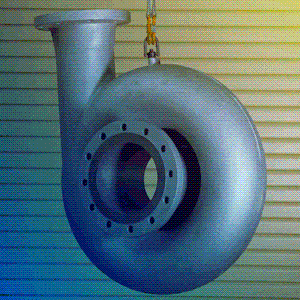 |
The combination of high heat and pressure are what allowed Hofer to design a turbine that fits on a conference table but can generate 10MW, enough to power 10,000 US homes.
GE Reports first wrote about Hofer last year when he 3D printed a plastic prototype of the turbine. His team, partnered with the Southwest Research Institute and Gas Technology Institute, has since submitted the design to the US Department of Energy and won an $80 million award to build the 10MW turbine.
The turbine features a rotor that is 4.5 feet long, seven inches in diameter, and only weighs 150 pounds. The engineers are now completing a scaled-down, 1MW version of the machine and will test it in July at the Southwest Research Institute.
The idea of using CO2 to power a steam turbine has been around for a while. It first appeared in the late 1960s, and an MIT doctoral student resurrected it in 2004. “The industry has been really interested in the potential benefits of using CO2 in place of steam in advanced supercritical power plants,” Hofer said.
By “supercritical” Hofer means efficient power stations using CO2 squeezed and heated so much that it becomes a supercritical fluid, which behaves like a gas and a liquid at the same time. The world’s most efficient thermal power plant, RDK 8 in Germany, uses an “ultrasupercritical” steam turbine operating at 600 degrees Celsius and pressure of 4,000 pounds per square inch, more than what’s exerted when a bullet strikes a solid object.
Hofer said that the steam power plant technology “has been on a continuous march” to increase efficiency and steam temperature, but once it tops 700 degrees Celsius, “the CO2 cycle becomes more efficient than the steam cycle.”
Hofer’s turbine and casing are made from a nickel-based superalloy because it can handle temperatures as high as 715 degrees Celsius and pressures approaching 3,600 pounds per square inch. “You need a high-strength material for a design like this,” he said.
The hellish heat and pressure turn CO2 into a hot, dense liquid, allowing Hofer to shrink the turbine’s size and potentially increase its efficiency a few percentage points above where state-of-the-art steam systems operate today.
“The pressure and fluid density at the exit of our turbine is two orders of magnitude higher than in a steam turbine,” Hofer said. “Therefore, to push the same mass through, you can have a much smaller turbine because the flow at the exit end is much denser.”
Hofer’s design uses a small amount of CO2 in a closed loop.“It’s important to remember that this is not a CO2 capture or sequestration technology,” he said, adding that the technology, which is being developed as part of GE’s Ecomagination programme, could one day start replacing steam turbines.
“It’s on the multigenerational roadmap for steam-powered systems,” he said.
By virtue of becoming more efficient, the technology could help power-plant operators reduce greenhouse gas emissions. “The efficiency of converting coal into electricity matters: more efficient power plants use less fuel and emit less climate-damaging carbon dioxide,” wrote the authors of the International Energy Agency report on measuring coal plant performance.
Moving the current average global efficiency rate of coal-fired power plants, which supply the heat to convert water (or CO2) to steam, from today’s 33 per cent to 40 per cent by deploying more advanced technology could cut CO2 emissions every year by two gigatons, which is equivalent to India’s annual CO2 emissions, according to the World Coal Association.
What the stars mean:
★ Poor ★ ★ Promising ★★★ Good ★★★★ Very good ★★★★★ Exceptional
-
Please feel free to contact me I will also leave my phone number which is in Spokane Washington the number is 509-869-2188. Would be happy to be your first buying customer. Thank you William Evans
Latest News
More News
- Addressing Vietnam's energy challenges with aeroderivative gas turbines (February 28, 2023 | 09:33)
- How to sprint ahead in 2023’s worldwide energy priorities (February 08, 2023 | 13:55)
- Boosting Vietnam's grid stability through gas turbine technology (November 22, 2022 | 20:02)
- Healthcare trio collaborates to provide thousands of free breast scans (October 27, 2022 | 17:19)
- GE Healthcare's vision for AI-backed radiology (September 29, 2022 | 11:53)
- GE brand trio to shape the future of key industries (July 19, 2022 | 15:35)
- GE unveiling brand names and defining future (July 19, 2022 | 15:16)
- GE: the shortest route towards sustainability (July 18, 2022 | 08:00)
- Be proactive in an uncertain world (May 20, 2022 | 11:40)
- GE secures first 9HA combined cycle power plant order in Vietnam (May 16, 2022 | 17:06)



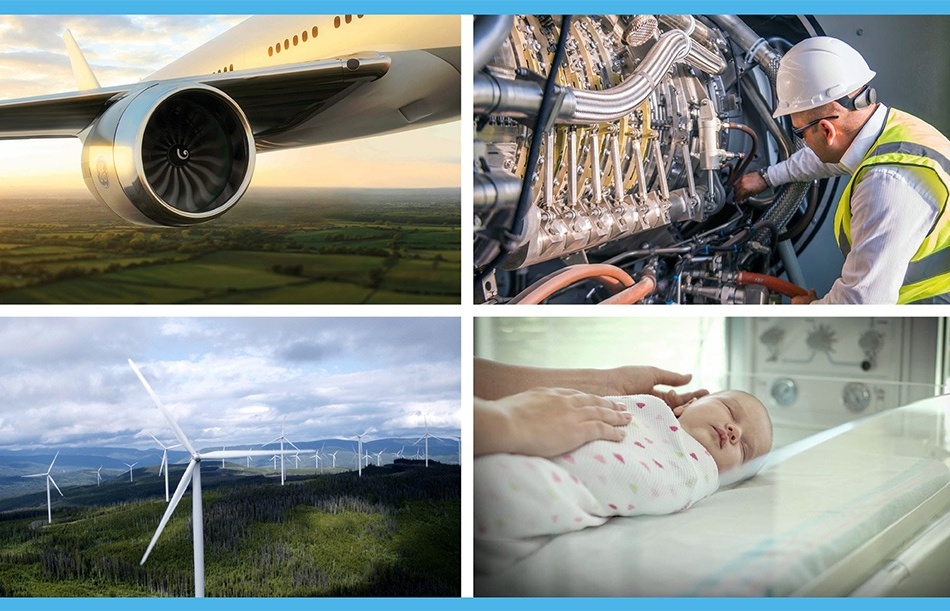

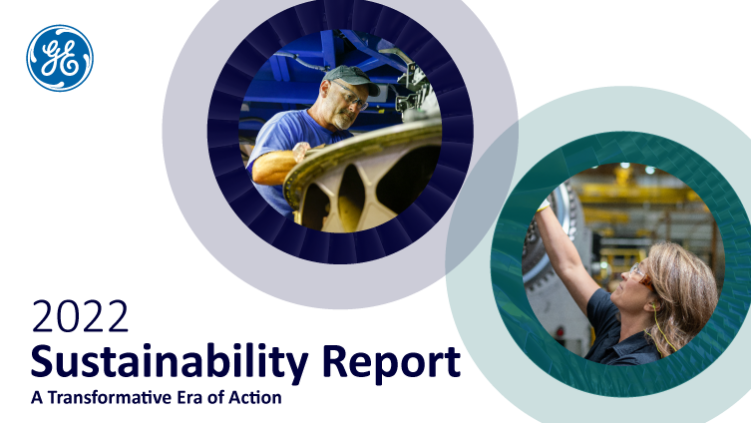
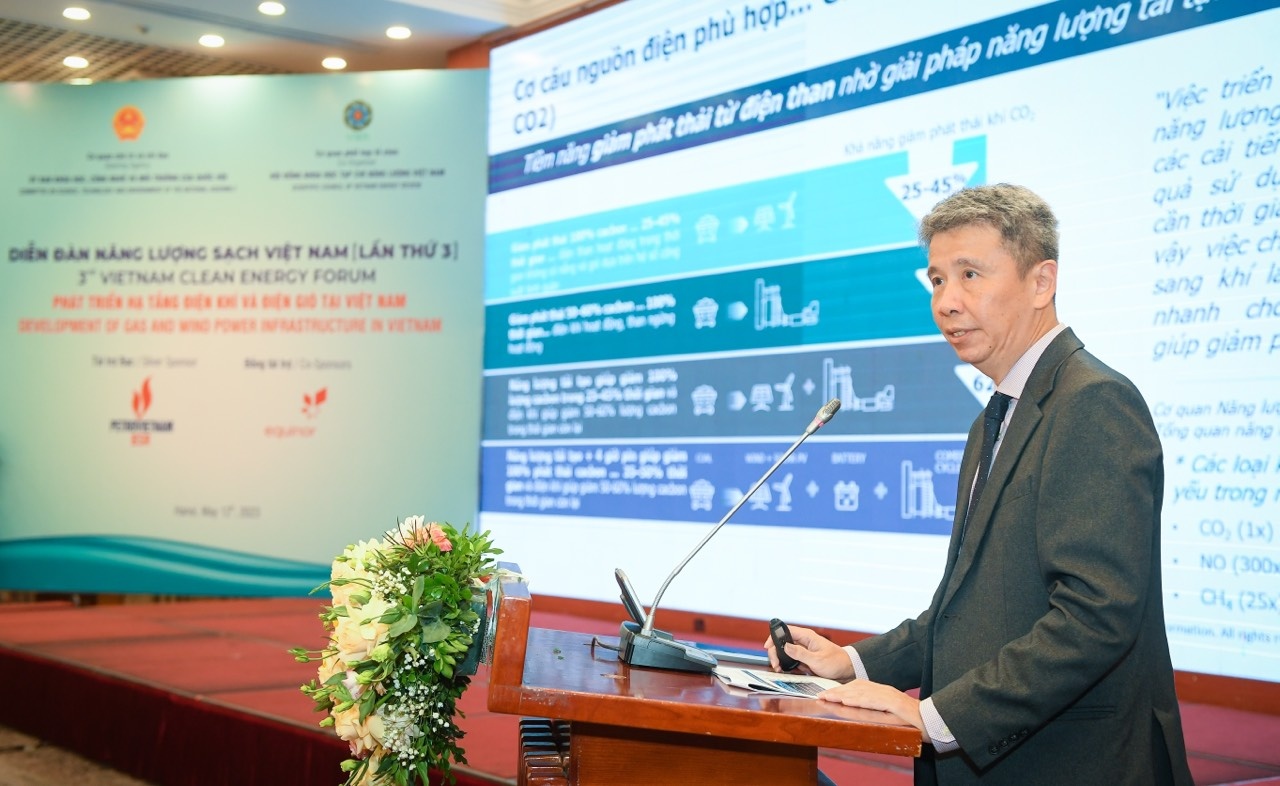
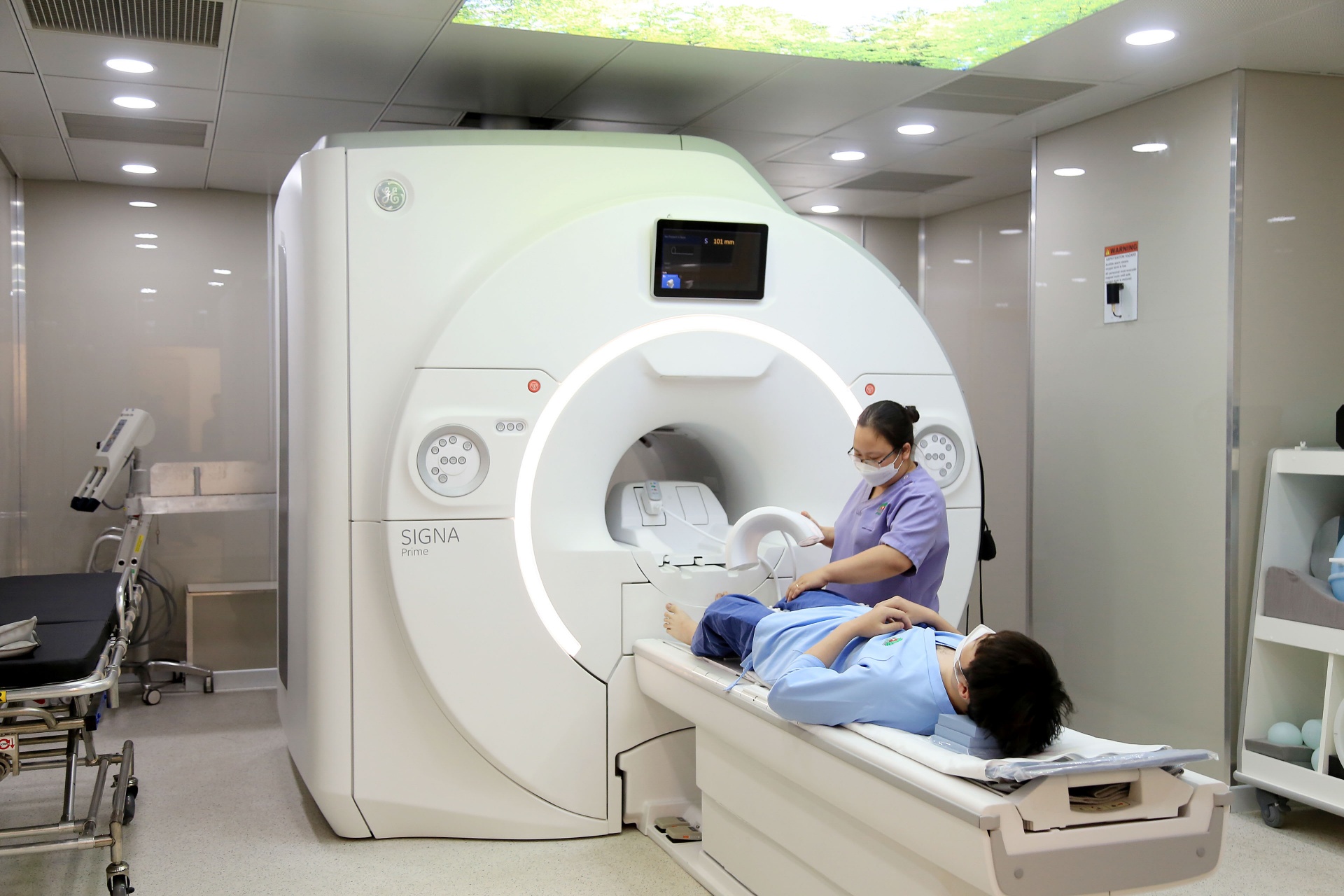
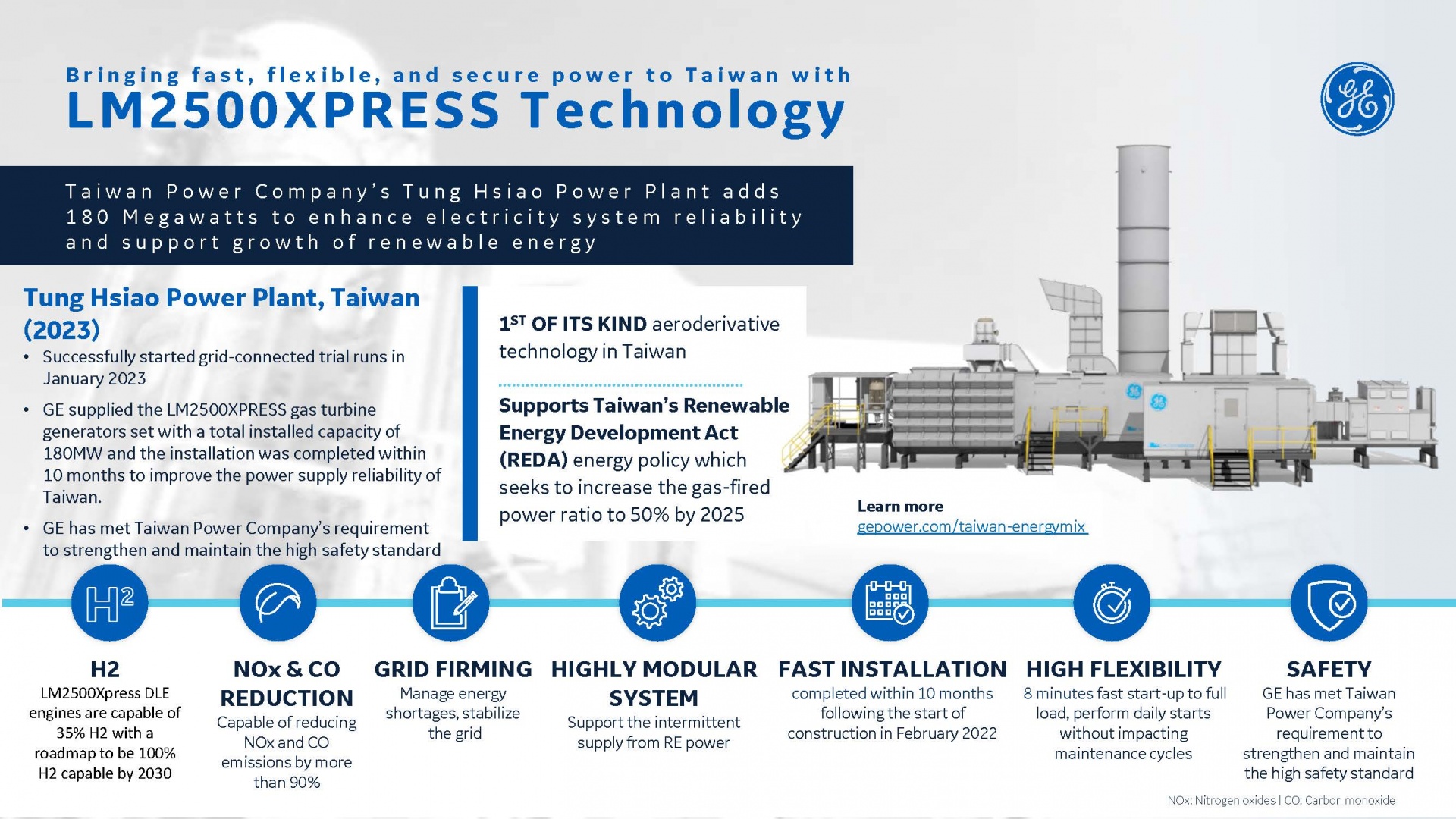









 Mobile Version
Mobile Version